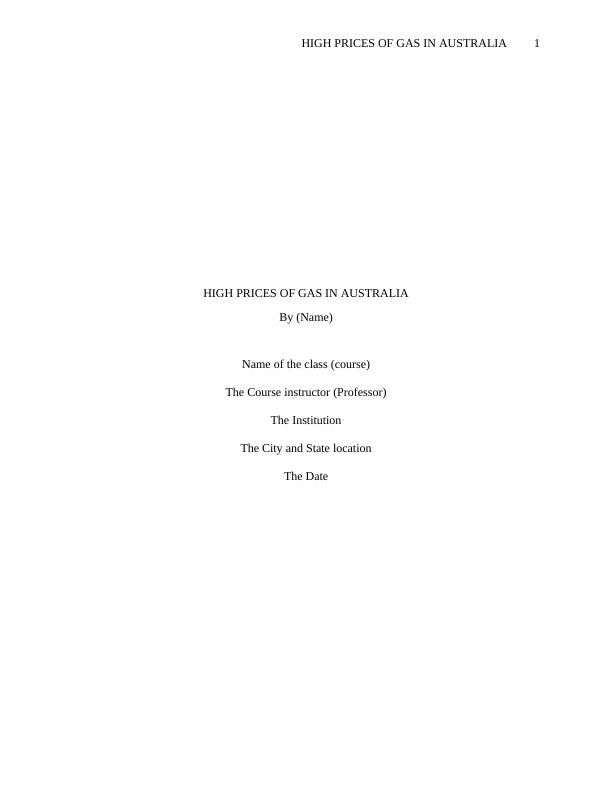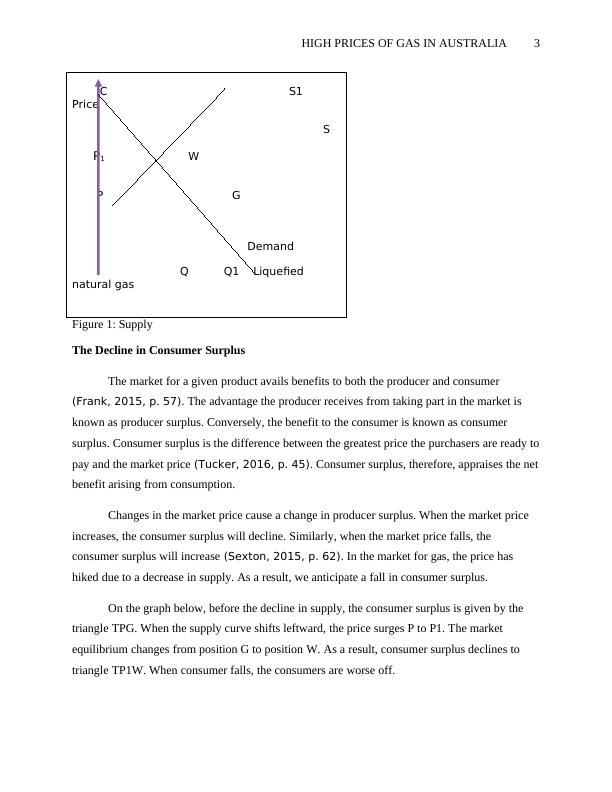Assignment On High Prices Of Gas In Australia
Added on 2022-10-04
6 Pages1438 Words17 Views
End of preview
Want to access all the pages? Upload your documents or become a member.
Guide to understanding auditing and assurance (PDF)
|8
|1486
|21
HI5003 - Economics for Business || Assignment
|8
|1297
|35
Gas Market in Australia: Structure, Domestic Market, Supply, Players, and Sustainable Procurement Practices of AGL
|11
|3043
|139
Impact of Trade and Subsidies on Economics: Desklib Study Material
|14
|2887
|106
Economics Assignment: Supply and Demand Shock, Plastic Bag Ban, Circular Flow of Money
|13
|2374
|382
Economics for Business: Analysis of Wheat Production in Australia
|7
|1399
|53



